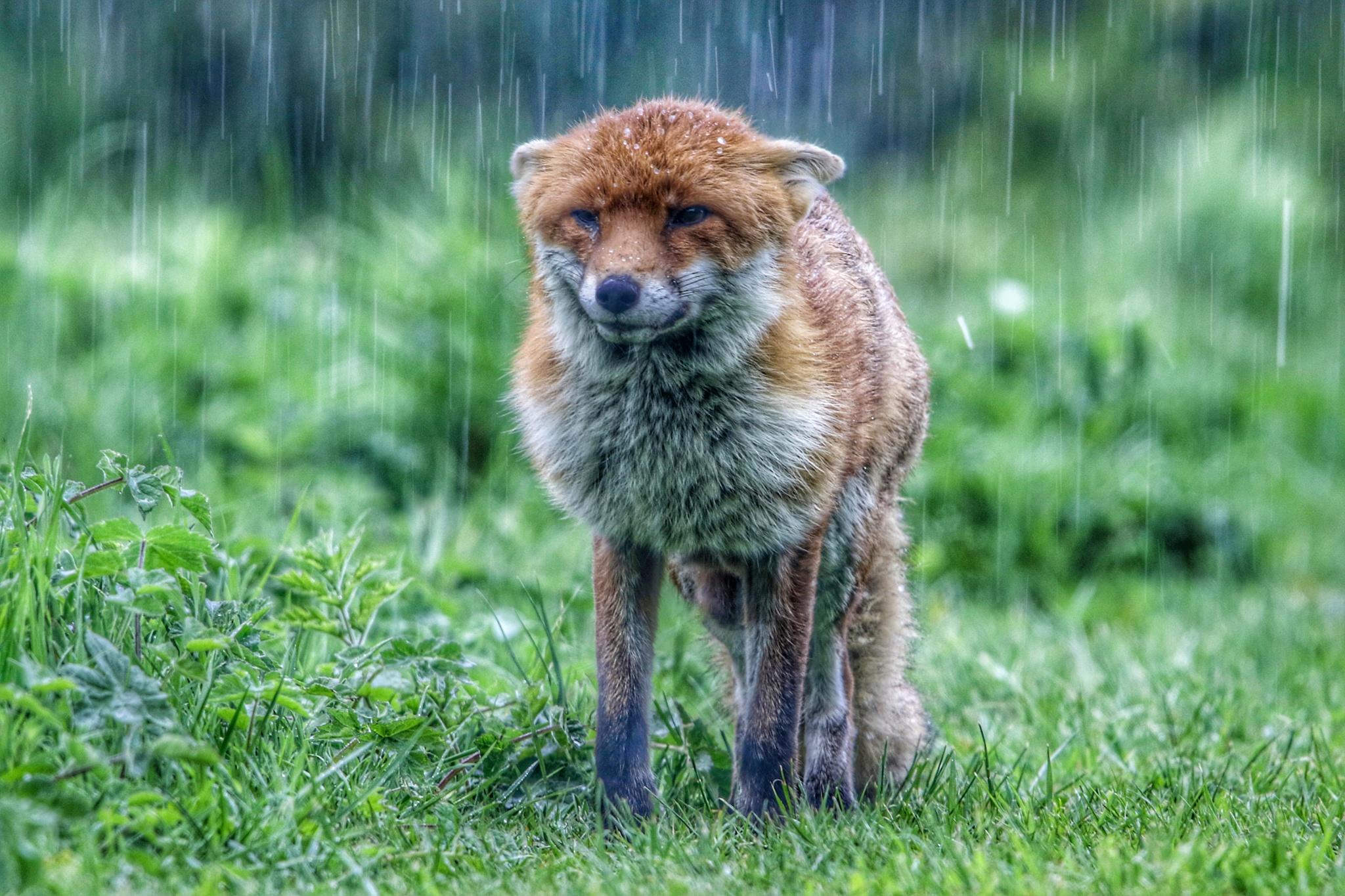

A traveller's guide to Reykjavk
Reykjavík is a popular winter destination for many Europeans, mainly because of the prospect of seeing the Northern Lights. Surprisingly, however, you should always take a swimwear with you when visiting the capital of Iceland in the winter months, so that you can enjoy the many health benefits from the geothermal hot springs in the area. The steam arising from the hot springs and geysers gave Reykjavík its name, which loosely translates to the Bay of Smokes.
Reykjavík is located on the coast, in southwestern Iceland, therefore its weather and climate are influenced by the North Atlantic Ocean. The climate of Iceland is polar maritime, which means that all air masses arrive in Iceland after having passed over the sea, therefore bringing moist air to the shores of Iceland. Warm and cold air masses often meet over Iceland, which can bring strong wind, rain and often snow. Differences in the temperature between air masses are strongest in the winter therefore more cyclones occur in wintertime. Rapid changes in weather often occur, somewhat like in the UK, although they are more pronounced and dynamic.
Reykjavík is situated just 2,5º south of the Arctic Circle, which makes it the world’s most northern capital. It would seem Reykjavík’s climate is quite severe, dominated by cold polar air; however, thanks to the warm waters of the Gulf Stream, Reykjavík’s climate is moderated and it has relatively mild winters. The average temperature in the winter months is -2ºC in comparison with -6ºC at Umeå, Sweden at the same latitude.
Even though it doesn’t get bitterly cold during winter in Reykjavík, the strong winds and wind chill can make it feel bitingly cold. You may ask how should one dress on a typical winter’s Icelandic day? Here is some advice from an Icelander:
‘The key thing to remember when visiting Iceland during winter is layering. The weather is very unpredictable and on a sunny day during winter it can be relatively warm and then turn to ice cold when the sun sets. Reykjavík cafés are also really really fond of candles so if you have something very big and thick on you will roast once inside a café’.
‘When it rains in Iceland, more often than not it rains from every direction – except maybe the one you would expect’ thus a good, wind and waterproof coat is recommended.
Spring on the other hand is a very pleasant time of year in Reykjavík. Days are longer and in comparison to other seasons, we can see blue sky more often. May has the highest mean pressure in the year, usually bringing clear skies. Visibility increases drastically in spring and on a clear day you would be able to see mountains 100 or 200 km away. Reykjavík’s low industrial activity means that there are not that many pollutants in the atmosphere, which helps to enjoy the views.
If you want to experience ‘white nights’, then travel to Reykjavík in the summer. Because of Reykjavík’s extreme northerly location, there is a great difference in the length of the day between summer and winter. The length of the day on the summer solstice (21 June) is 21h 09 min, meaning that the sun is never far below the horizon providing twilight at night. Summers in Reykjavík are cool, with temperatures fluctuating between 10ºC to 15ºC.
During the winter solstice (21 December) daylight is at a premium and only lasts for 4h 08 min. Those conditions are perfect for a display of Aurora Borealis (the Northern Lights) which requires dark skies. If you want to learn more about this beautiful phenomenon, our science lesson, which will be published here in the next few days, will explain how this spectacle is created.




